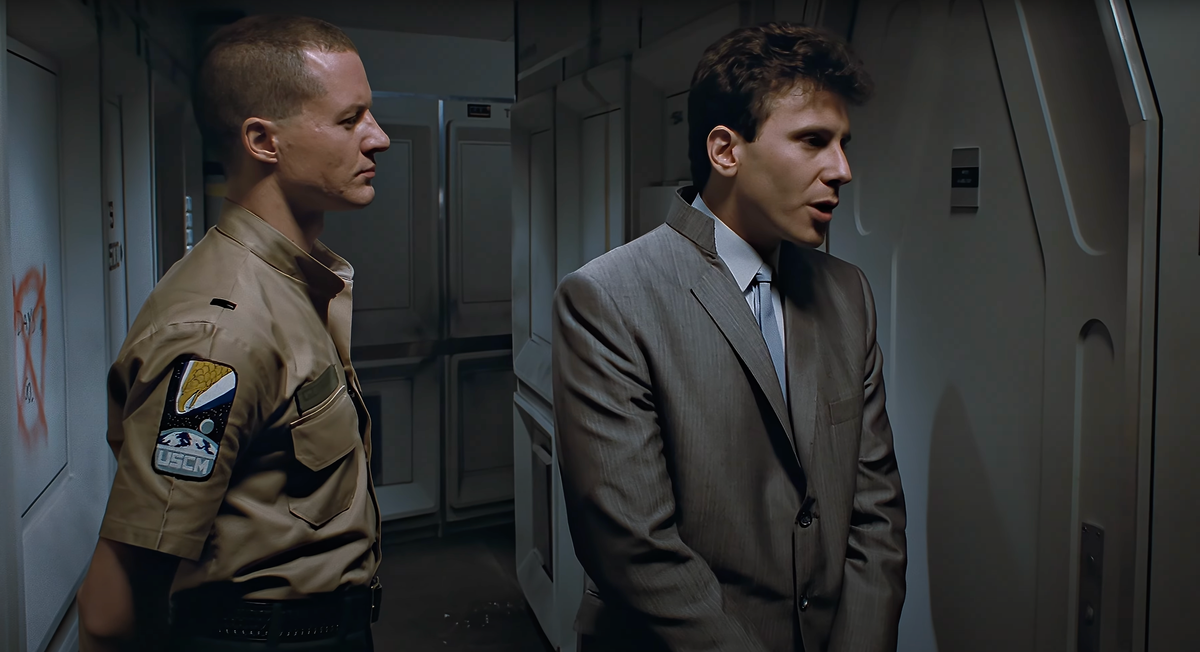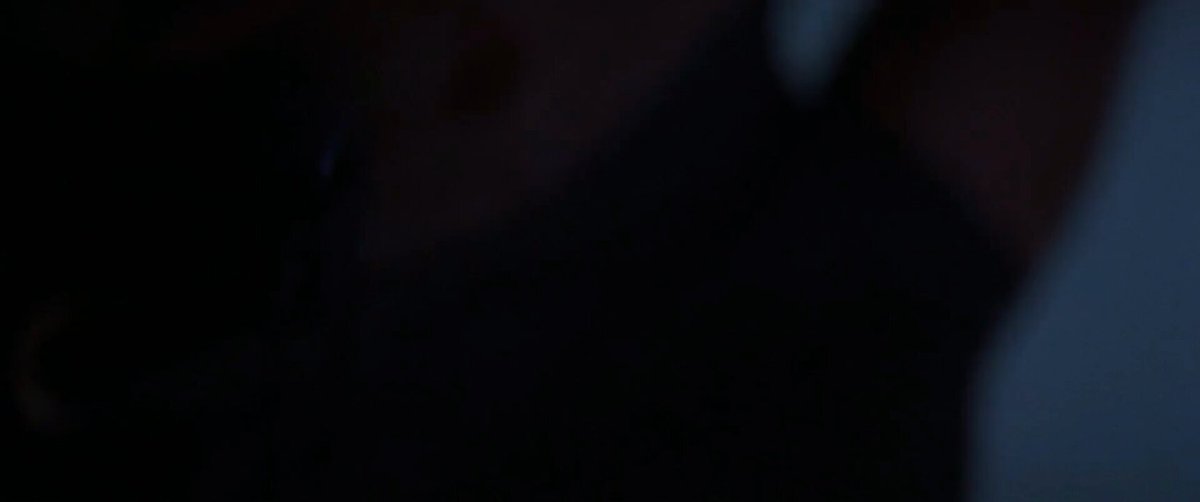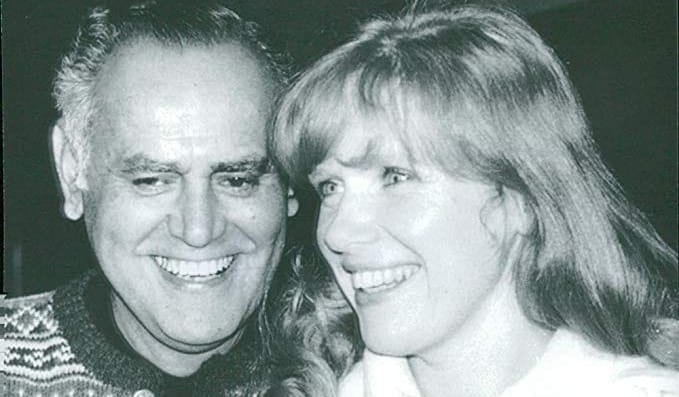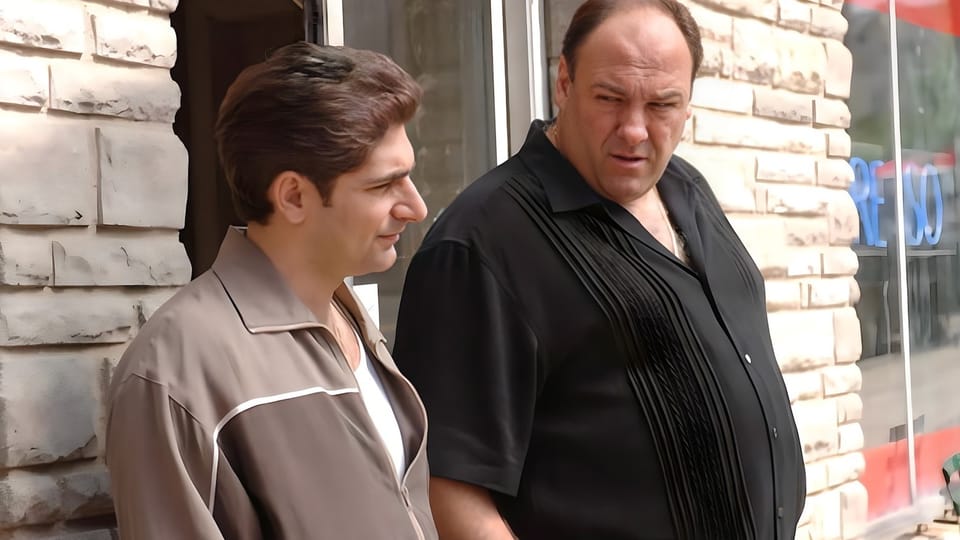Keep a scene dynamic through character tactics.
The key to keeping a scene fresh and alive is characters making choices in reaction to what happens around them.

The Story and Plot Weekly Email is published every Tuesday morning. Don't miss another one.
Track characters' tactics.
The key to keeping a scene fresh and alive is characters making choices in reaction to what happens around them.
Just as we want a story to ebb and flow in an emotional roller coaster across the structure, we're going to want a smaller version of that in individual scenes as well.
The longer the scene, the more we will need it.
Static scenes struggle to hold our interest. This is when our mind wanders, and we check our email instead of reading.
One of the ways to unlock a dynamic scene is through tactics.
A scene must shift.
Too many writers keep a scene on a singular note for too long. While there may be a shift at the end of the scene, it’s the only shift.
This leaves a scene that gets boring quickly.
This is likely because the characters are not listening to each other. Characters are doing what the writer tells them to do rather than acting truthfully in the given moment.
Some familiar concepts.
First, a reminder of the three elements of drama.
- Someone wants something.
- They’re having trouble getting it.
- Something will happen if they fail.
Awesome. Basic stuff. We’ve talked about this before. Let’s add to it something else we have chatted about.
How we define a character. We define a character by:
- What the character wants.
- What the character is willing to do to get it.
We illustrate this through the choices the character makes.
I also want to reference the late, great Sanford Meisner’s definition of acting:
Living truthfully under imaginary circumstances.
The primary means by which an actor does this?
By listening.
Yet, it’s very difficult to do that without us, the writers. The actor can’t do their job if we are not doing ours.
So, our characters must listen. And they must react.
When we combine a character’s wants with obstacles and listening, tactics inevitably emerge.
A character WANTS something in any scene. Often, other characters are resisting that want and that’s what creates the conflict.
Let's start there.
A character tries to get what they want:
- If they get it. The scene is over and/or they move on to their next want, “Gimme more.”
- If they DON’T get what they want.
- They keep doing what they’re doing, which will get boring, or —
- They change tactics and try to get what they want in a different way.
Our responsibility is to remain within the limits of how we have defined that character and what they are willing to do to get what they want.
If we go BEYOND those limits, we are either violating emotional truth or signaling that a character has changed.
We should never do the former, and we do the latter only when intentional.
Example 1 - Barbie
There is a scene in BARBIE when Barbie meets the Mattel Board of Directors. The CEO just wants the problem to go away.
This could easily be a dull scene because Barbie just wants the problem to go away, too!
But where they differ is HOW they want to solve the problem.
- The CEO’s first tactic is to be ultra-nice.
- Barbie is worried about Ken.
- The CEO assures her they are not worried about Ken. Ever.
- Barbie wants to meet who is in charge and notices the lack of women.
- The CEO feigns offense, eventually reduced to PLEADING for Barbie to help him get things back to normal.
- Barbie agrees. She climbs into the box and realizes bondage ain’t her thing. She runs.
- The CEO and the others change their tactic again and physically try to apprehend her.
The scene is a back-and-forth of changing tactics between two characters who want the same thing (Barbie back in Barbieland and everything back to normal) but see the solution in two different ways.
See the scene HERE.
Example 2 - Aliens
Early in the film, Burke and Gorman visit Ripley to ask her to join them to investigate the colony on LV-426.
Ripley does not want to go.
- Burke knocks on the door. Tries to introduce Gorman to Ripley.
- She closes the door on him without saying a word.
- Burke changes tactics. He speaks through the door to say they lost contact with the colony LV-426, knowing that will get her attention.
- She opens the door.
- The scene then cuts to inside the apartment and her saying there is no way she is going.
- Gorman tries the tactic of assuring her that she will be safe.
- Burke agrees. He emphasizes how tough these Colonial Marines are.
- “Then you don’t need me,” Ripley says.
- Burke changes tactics again. He says it’s probably nothing, but just in case… they want her as an advisor.
- Ripley has to go to work.
- Burke changes tactics again. He dismisses her job in the cargo docks as “The only thing she could get…”
- He then plays his big card that he just set up. He offers her her old job back. “It’s a second chance, kiddo.”
- He then adds it will be good for her to face this thing.
- She says to spare her; she has her psych review this month.
- “I know, I’ve read it.” And this is when he plays his last card, exploiting that he knows her most intimate details and listing out all her symptoms of trauma.
- She says she is absolutely not going, and Burke has failed to recruit her.
(Later, after another nightmare, she finally agrees)
See the scene HERE.
This is not a big, huge, memorable scene, but it’s exceptionally well written.
Not only do we have tremendous back-and-forth, but we also lay down vital information about the mission, the Colonial Marines, what would motivate Ripley to actually go, and Burke’s manipulative nature.
Take no scene for granted. Every scene needs to be compelling in its own right.
Example 3 - Ozark
If you’re a fan of the show, you’re aware of the series’ inciting incident when the drug boss, Del, comes to the truck company he was using to transport his drug money.
It’s a tense, brutal scene.
- Marty arrives and shakes Del’s hand. It seems friendly until Del wants to know where his money is.
- All four men plead innocence. The father assures Del no one did anything wrong and uses logic. He tells him to look at the math. The numbers don’t lie.
- “We run a clean shop,” the son says.
- Del hears that. He reminds them that they are criminals and they launder money.
- Del tells a story of his father’s employee who was caught stealing and asks the men what they would do in that situation.
- Scared, the men try to convince Del that mercy is in order, perhaps giving their guilty conscience away.
- Marty tries a different tactic. He puffs up his chest and tells Del he is fishing, and this whole “ruse” is beneath him.
- Del responds by shooting the woman in the bathroom.
- Terrified, the son confesses to stealing money, saying his father had nothing to do with it.
- The scene cuts to outside, where the father now pleads for his son’s life.
- Del agrees that a father should not see his son die, so he kills the father first and then the son.
- The partner knows it’s over, and there is no way out. He tells Del they stole the money by rigging the gas tank to show full when it was five gallons light.
- Del kills the partner.
- Marty tries to call his family.
- Del says no.
- Marty finds the Ozark brochure and desperately improvises a plan to launder more money more easily.
- Del lets him live.
And thus, the show truly begins.
It’s another exceptionally written scene as we start with knowing nothing, feeling the tensions, then fear, and then horror as the woman is shot and shoved into a barrel.
But each turn in the scene comes from someone reacting to someone else and changing their tactics.
Because of changing tactics, Marty manages to survive.
The characters must listen and react.
This is what you ensure in your own writing.
Characters must actively try to get what they want, using tactics that fit their personalities and the circumstances around them.
They go in with a tactic — conscious or not.
They hit resistance.
They change the tactic — conscious or not.
The other characters are doing the same.
A scene shifts. It changes.
It goes in unexpected directions.
It flows naturally and is full of life.
An exercise.
As you rewrite and even write a scene, check to make sure each line of dialogue is in some way a reaction to the line before it. Make sure it’s not just forcing a character to do what you want them to do.
Now, of course, that’s exactly what you are doing. It just can’t appear that way to the audience.
And if each character is reacting truthfully to each moment, it won’t.
Bonus tweet.
One of my favorite scenes ever is all shifting tactics.
|
The Story and Plot Weekly Email is published every Tuesday morning. Don't miss another one.
When you're ready, these are ways I can help you:
WORK WITH ME 1:1
1-on-1 Coaching | Screenplay Consultation
TAKE A COURSE
Mastering Structure | Idea To Outline






